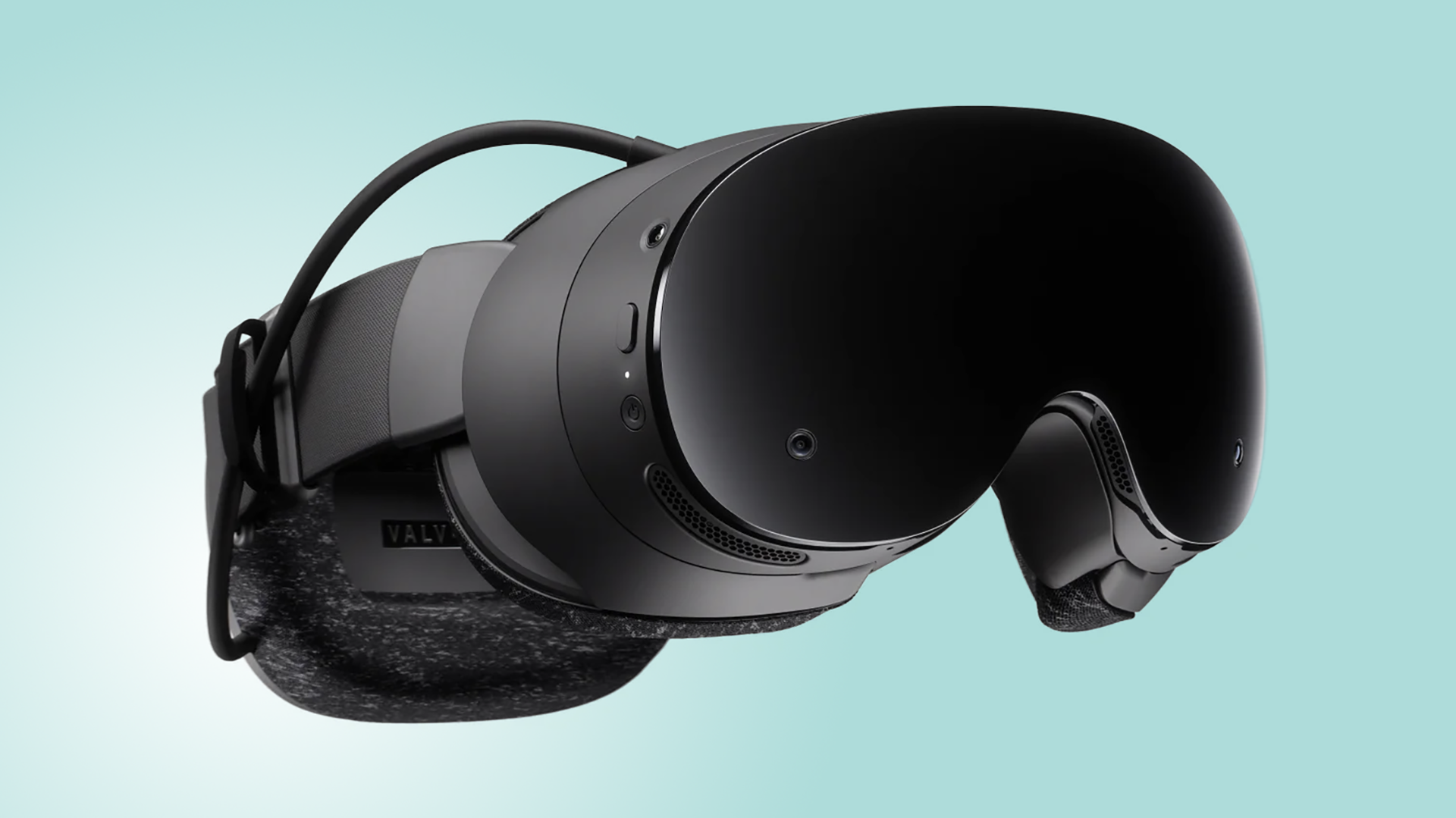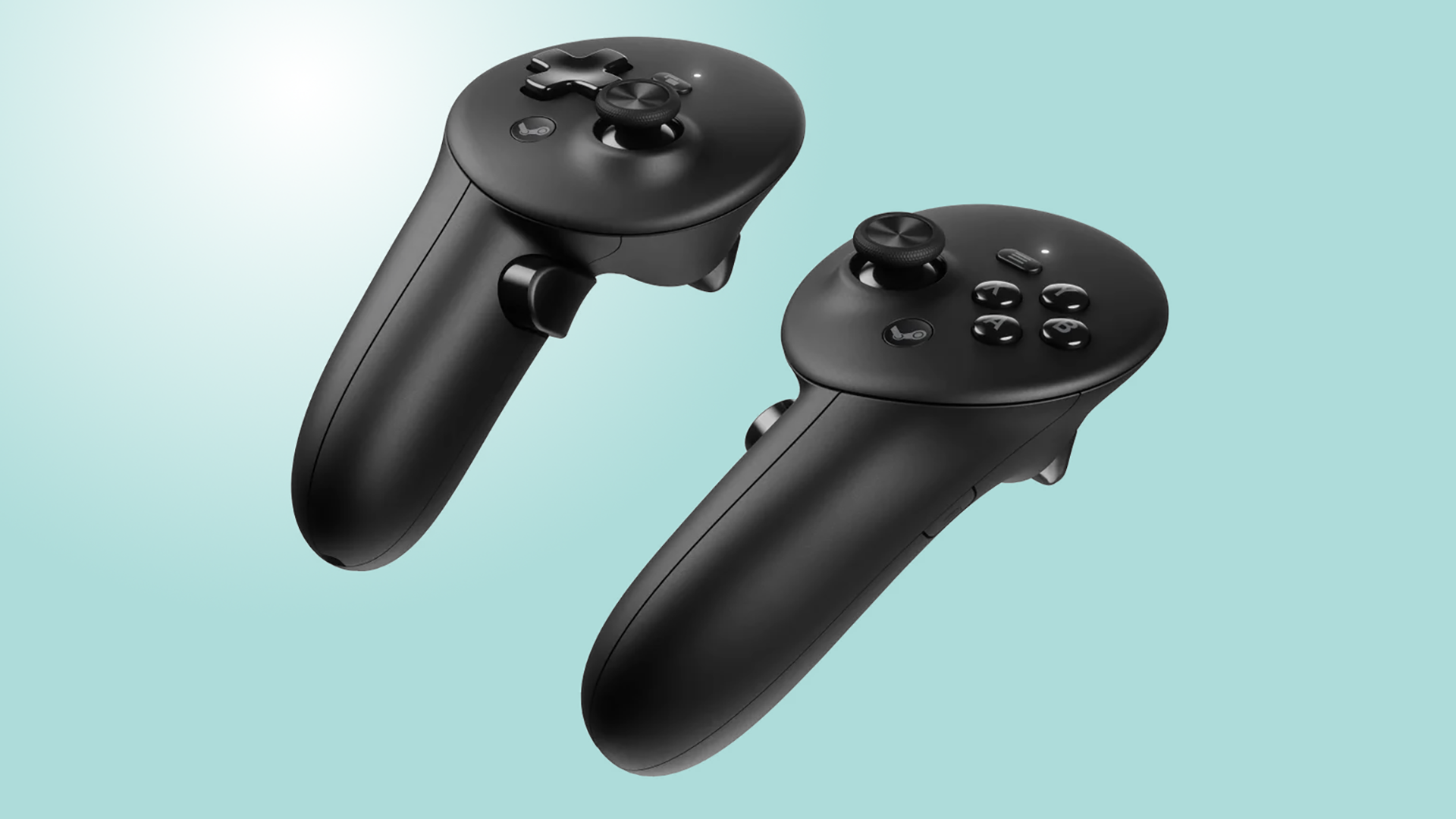Did the Steam Frame just kill Meta's VR hopes? Maybe not, but Valve's headset is the most exciting in years
Untethered streaming with no lag? Yes please


When Valve makes hardware announcements, it's fair to say the whole world pays attention – especially after the superb success that the Steam Deck has brought with it in recent years. Still, the nature of its shotgun spread of announcements this past week almost made it hard to figure out which bit was most interesting.
Follow T3.com on Google News to keep our latest news, insights, and features at the top of your feeds!
The Steam Machine is a headline-grabber, that's for sure, and it looks like the biggest swing Valve's making this time around, but the more I think about it, the more the Steam Frame is the bit of hardware I most want to add to my setup. It's not just the excellent specs that Valve has unveiled, or the pancake lenses that help make it lightweight and thin.
Nor is it the new controllers, or the apparently extremely comfortable design of the headset, that ensures its weight doesn't rest on any one part of your head too heavily. Rather, it's a little bit of kit that comes with the headset, which could change a lot about tethered VR for most of us.
The Steam Frame will come with a little USB-A dongle to plug into your desktop PC (or Steam Machine), and change a lot of things about the wireless VR experience. Right now, for wireless tethered play from your PC, whether on a Meta Quest headset or some competitor, you basically need a rock solid home network.
This is because all the data required is streamed over that home Wi-Fi network, and any drop-out or latency can cause immediate visual glitching and lag. It's a situation that leaves wired play feeling like the best option for many people, which isn't all that futuristic-feeling, but Valve's doing things differently.
Its dongle is exclusively for the audio and visual data that the headset needs, transmitted to it on its own network, and avoiding the traffic of your home Wi-Fi. Some data will still be transmitted over the latter, but the Steam Frame will be far less reliant on it – apparently eliminating the potential lag and artefacting almost completely in the right conditions.



That's huge, and completely knocks Meta's Quest systems (or at least the affordable ones) out of the game, in my view – being able to use a wireless system that plays just like a wired one is what VR users have been dreaming of for ages.
Get all the latest news, reviews, deals and buying guides on gorgeous tech, home and active products from the T3 experts
Valve's got other clever tricks up its sleeve, too, like a new foveated streaming system that only makes the area you're looking at truly sharp, freeing up performance headroom by leaving the rest fuzzier. It's apparently impossible to catch out, and a huge deal for developing high-quality VR experiences that don't need supercomputers to power them.
Really, though, that sort of technical wizardry won't matter to most people – it's all about how slick and smooth the experience is in real-world scenarios. It's almost a shock to me that mainstream headsets from the likes of Meta haven't already shipped with this sort of dongle as standard before.
The thinking is clearly that Meta considers its best sales case for the Quest lineup to be untethered play, where the headset is standalone. That works well, and there's a reason the Steam Frame will support it too, but tethered play remains where you'll get the most impressive experiences, most people would agree.
So, it's very possible that Valve just struck Meta with something of a killing blow for at least certain types of VR enthusiasts. I know I'm more excited about the Steam Frame than I have been for basically any VR headset launched in the last couple of years, and I can't wait to get my hands on it sometime in 2026.

Max is T3's Staff Writer for the Tech section – with years of experience reporting on tech and entertainment. He's also a gaming expert, both with the games themselves and in testing accessories and consoles, having previously flexed that expertise at Pocket-lint as a features editor.
You must confirm your public display name before commenting
Please logout and then login again, you will then be prompted to enter your display name.

